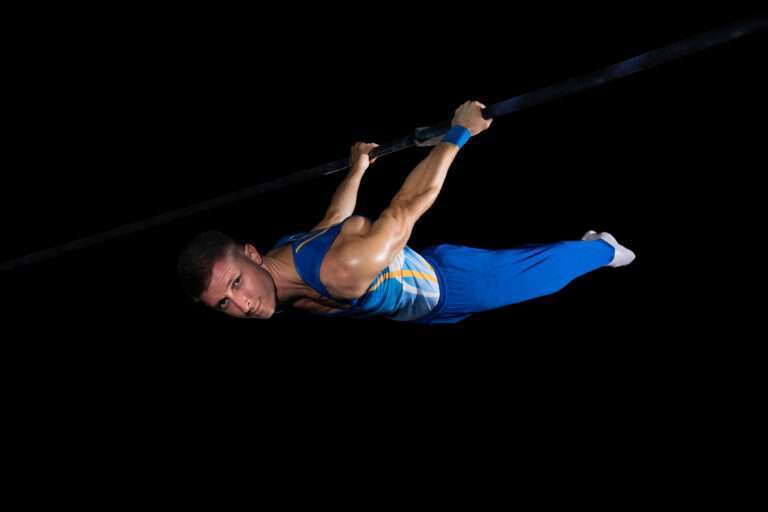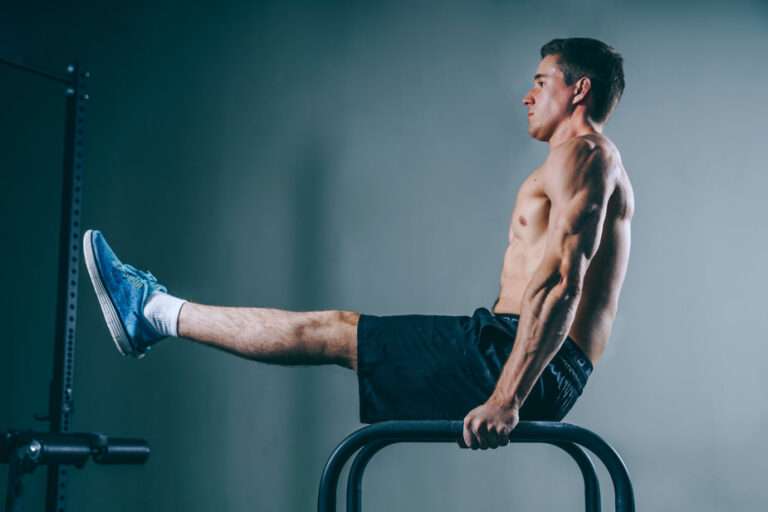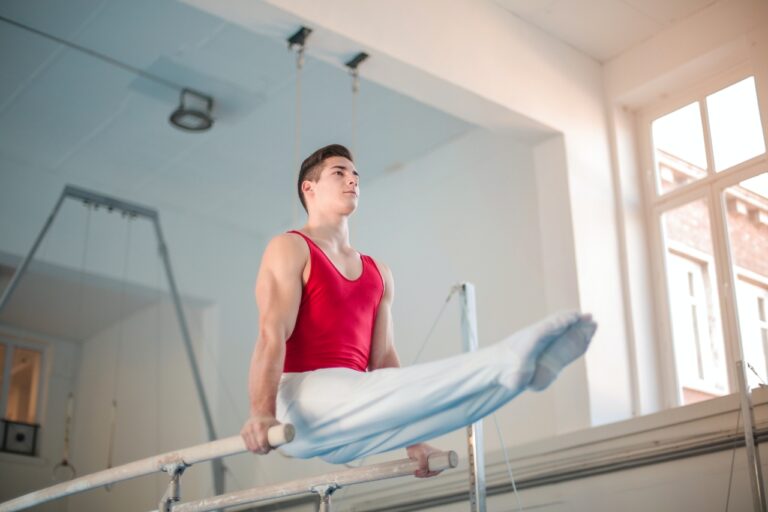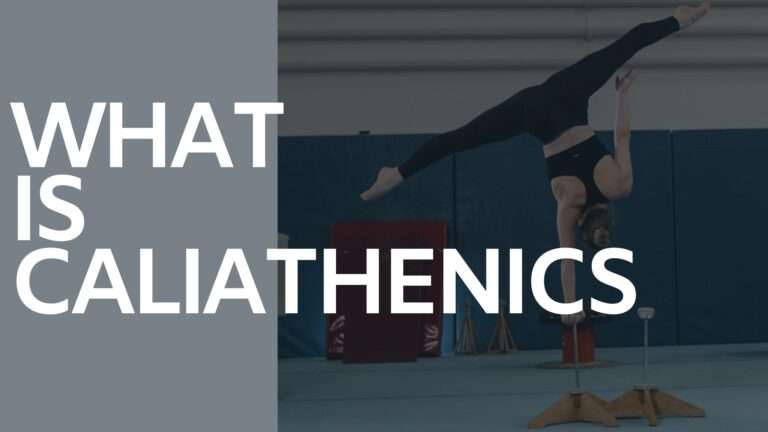The Best Push Pull Leg Split For Calisthenics Beginners
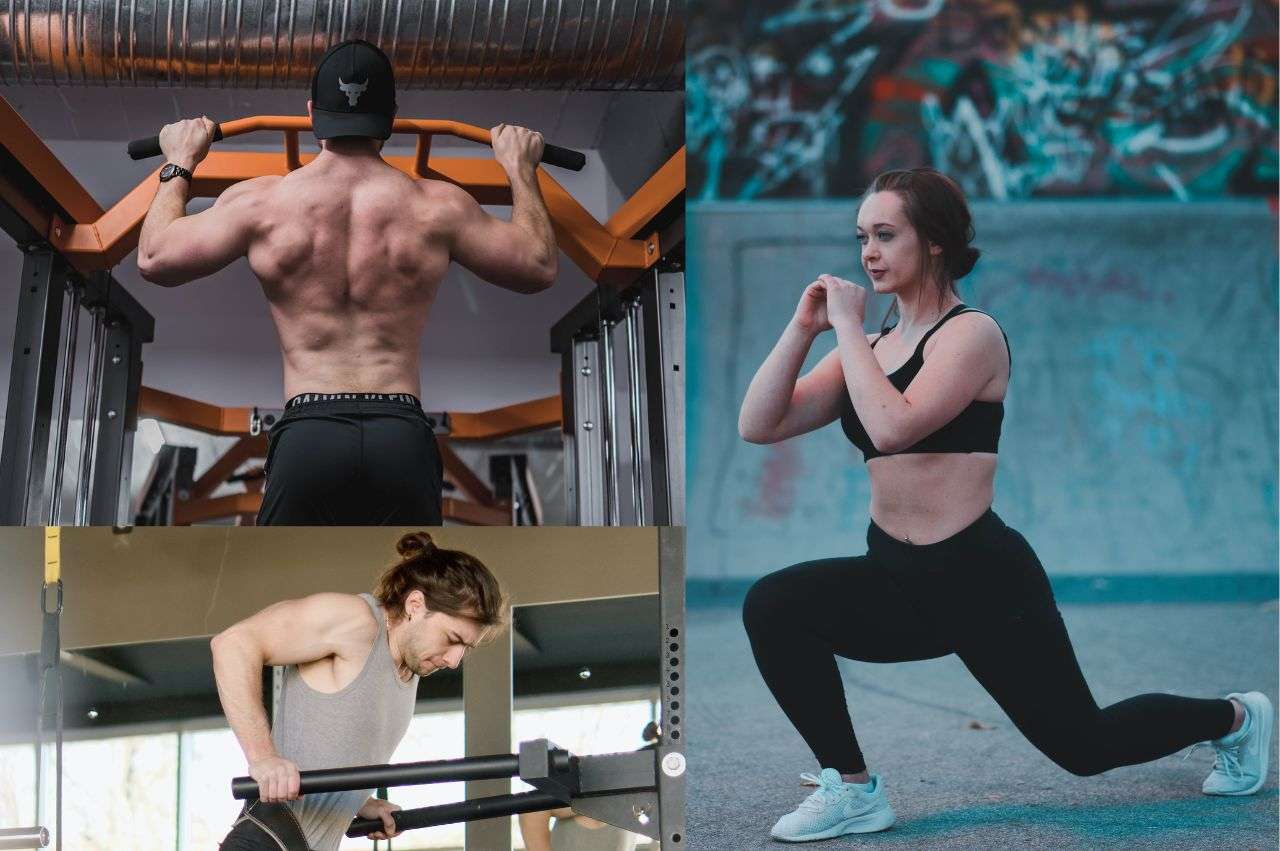
Congratulations on your decision to begin your calisthenics journey as a beginner! Calisthenics, the practice of using your own body weight to build strength and muscle, is a unique and satisfying way to meet your fitness goals. The Push-Pull-Leg (PPL) split is one of the most effective and popular training programs for beginners. In this article, we’ll go through what the PPL split is, why it’s good for beginners, and how to set up an effective PPL routine for maximum gains.
Understanding the Push-Pull-Leg Split
The Push-Pull-Leg split, a structured workout routine, categorizes exercises into three distinct groups: pushing, pulling, and leg-focused movements. This split’s effectiveness stems from its well-rounded strategy, addressing diverse muscle groups on separate days to facilitate ideal recovery and foster consistent growth.
Let’s break down each category:
Push Exercises:
Push exercises involve movements where you’re pushing away from your body. This primarily works your chest, shoulders, and triceps. Classic push exercises include push-ups, dips, and handstand push-ups. These movements not only build upper body strength but also engage your core for stability.
Pull Exercises
Pull exercises, on the other hand, focus on pulling motions that work your back, biceps, and rear shoulders. Pull-ups, bodyweight rows, and Australian pull-ups are excellent examples. These exercises help develop a strong and well-balanced upper body.
Leg Exercises
Leg exercises in the PPL split to concentrate on your lower body. Squats, lunges, and calf raises are staples of this category. Strong legs are essential for overall functional strength, and including leg exercises in your routine ensures a comprehensive full-body workout.
Also read: Calisthenics begginer workout plan
Advantages of the Push-Pull-Leg Split for Beginners
The PPL split offers several benefits that make it an ideal choice for calisthenics beginners:
- Simplicity: The split is straightforward to understand and implement. You won’t find yourself overwhelmed by complex routines, making it perfect for those new to calisthenics.
- Balanced Muscle Engagement: By dividing workouts into push, pull, and leg days, you prevent overworking specific muscle groups. This balanced approach enhances overall muscle development and reduces the risk of overuse injuries.
- Frequency: The split allows you to train each muscle group multiple times a week. Frequent training promotes quicker skill acquisition and muscle adaptation, which is crucial for beginners.
- Recovery: With designated rest days for each muscle group, your body gets the recovery time it needs. Adequate recovery is key to avoiding burnout and ensuring long-term progress.
- Variety: The PPL split offers a wide range of exercises within each category, keeping your routine fresh and engaging. This variety keeps boredom at bay and challenges your muscles in different ways.
Designing Your Calisthenics PPL Routine
Now that you understand the mechanics and benefits of the PPL split, let’s delve into creating a personalized routine:
Step 1: Setting Up the Split
A normal push pull leg program includes push, pull, legs, push, pull, legs, and one day of complete rest over a period of six days per week. But if you’re just getting started, you might want to stick to a three-day-per-week schedule like push-pull-legs-rest-push-pull-legs. Therefore, each muscle group can still be worked twice per week while having enough time for rest.
Step 2: Exercise Selection
For each category, choose two to three exercises. Aim for a mix of compound and isolation movements. Examples include:
- Push: Push-ups, Dips, Pike Push-ups
- Pull: Pull-ups, Bodyweight Rows, Australian Pull-ups
- Legs: Squats, Lunges, Glute Bridges
Step 3: Reps and Sets
Begin with 3 sets of each exercise. Aim for 8-12 reps per set. As you progress, you can increase the sets or reps to intensify the workout. Focus on proper form and controlled movements rather than rushing through the exercises.
Step 4: Progression and Challenges
As a beginner, you’ll quickly notice improvements in your strength and endurance. To keep the momentum going, consider incorporating progression techniques:
- Increase Resistance: If an exercise becomes too easy, invest in resistance bands or try more advanced variations.
- Slow Negatives: Focus on the eccentric (lowering) phase of an exercise to build muscle strength.
- Isometric Holds: Incorporate static holds at different points in the movement to build stability and strength.
Step 5: Listen to Your Body
Pay attention to your body’s signals. If you experience pain, especially joint pain, stop and evaluate your form. It’s better to perform exercises correctly at a lower intensity than to risk injury by pushing too hard.
Sample Beginner’s Push Pull Legs Routine
Here’s a sample three-day-per-week PPL routine for a calisthenics beginner:
- Day 1: Push Day
Push day focuses on working the muscles involved in pushing movements, primarily targeting the chest, shoulders, and triceps. Following exercises help develop upper body strength and muscle definition. Remember to maintain proper form and gradually increase intensity for optimal results.
- Push-Ups (3 sets of 8-10 reps)
- Pike Push-Ups (3 sets of 6-8 reps)
- Chair Dips (3 sets of 10-12 reps)
- Diamond Push-Ups (2 sets of 8-10 reps)
- Incline Push-Ups (3 sets of 10-12 reps)
- Day 2: Pull Day
Pull day concentrates on muscles engaged in pulling motions, emphasizing the back muscles and biceps. Following movements enhance back strength, posture, and overall upper body development. Maintain correct technique, progress gradually, and reap the benefits of a well-rounded workout routine.
- Bodyweight Rows (3 sets of 8-10 reps)
- Pull-Ups (3 sets of 6-8 reps)
- Inverted Rows (3 sets of 10-12 reps)
- Australian Pull-Ups (3 sets of 10-12 reps)
- Chin-Ups (3 sets of 8-10 reps)
Also read: Calisthenics pull day workout routine
- Day 3: Legs Day
Leg day centers around lower body muscles, promoting strength and stability. Engaging these muscles enhances lower body power and definition. Prioritize proper form, gradually increase resistance, and unlock the potential for well-balanced strength and endurance.
- Bodyweight Squats (3 sets of 12-15 reps)
- Lunges (3 sets of 8-10 reps per leg)
- Glute Bridges (3 sets of 12-15 reps)
- Calf Raises (3 sets of 15-20 reps)
- Wall Sits (2 sets of 30-45 seconds hold)
Remember, this routine serves as a foundation. As you advance, you can increase the intensity, add more exercises, or modify the routine to suit your preferences and goals.
Conclusion
The Push-Pull-Leg (PPL) split fundamentally stands out as an excellent option for calisthenics beginners. Notably, this method supports quick recovery, promotes harmonic muscular development, and simplifies workouts. The PPL approach reduces the risk of overtraining and the chance of injuries by targeting certain muscle groups on individual days. Additionally, including a variety of exercises keeps interest levels high and promotes consistent growth. Understanding the push pull legs split before starting a calisthenics journey will surely build the foundation for a successful and honoring fitness journey.
FAQs
What is the Push-Pull-Leg split?
The Push-Pull-Leg (PPL) split constitutes a comprehensive workout regimen that strategically partitions training over three distinct days. These encompass push exercises, targeting the upper body; pull exercises, focusing on the back and biceps; and leg exercises, engaging the lower body. This thoughtful division facilitates the cultivation of well-rounded, harmonious muscle development.
Is the PPL split suitable for beginners?
Yes, the PPL split is great for beginners as it offers a structured and organized approach, preventing overtraining and allowing optimal recovery.
What are examples of push, pull, and leg exercises?
Push exercises include push-ups and shoulder presses, pulls involve pull-ups and rows, while leg exercises encompass squats and lunges.
How many times a week should I do PPL?
PPL can be done 3-6 times a week, depending on your fitness level and goals. Beginners often start with 3-4 sessions weekly.
Can I customize the PPL routine?
Absolutely. You can adjust exercises, reps, and sets based on your preferences and progress, tailoring the routine to your needs.
What are the benefits of the PPL split?
The PPL split offers balanced muscle growth, efficient recovery, variety, and clear progress tracking, making it an effective and engaging workout choice.


